Foreign Investors Recalibrate Amid Uncertainties
Though the US remains a magnet, fiscal and political turmoil have muddied the waters.

Foreign investors remain drawn to the U.S., but a flurry of recent domestic and international disruptions have thrown a wrench into their plans, somewhat.
Rather than exit a market known for its relative stability, dynamic economy and robust real estate industry, however, foreign investors are recalibrating, pivoting their investment strategies and structures to focus on immediate, reliable cash flows and long-term resilience.
Since 2010, foreign direct investment has made up approximately 12 percent of U.S. investment activity, according to MSCI Real Capital Analytics. But last year foreign investors seemed to be pausing in light of growing economic and political uncertainties, both here and abroad.
MSCI reported that in 2024, the sum of foreign direct investment in the U.S. fell to $26.5 billion, a 49 percent year-over-year plunge from $36 billion in 2023.
People were hoping in their underwriting that there would be a lot more rate cuts than there have been, and there has mostly been a gap there.
—Cliff Booth, Founder & Chairman, Westmount Realty Capital
“The excitement level for the U.S. has moderated, to say the least, as a result of policymaking that is seen as erratic, unpredictable and not fully settled,” said Brian Klinksiek, LaSalle Investment Management’s global head of research and strategy.
In the U.S., those question marks are tied to rapidly evolving U.S. trade policies and interest rates, which remain elevated when compared to the rest of the developed world.
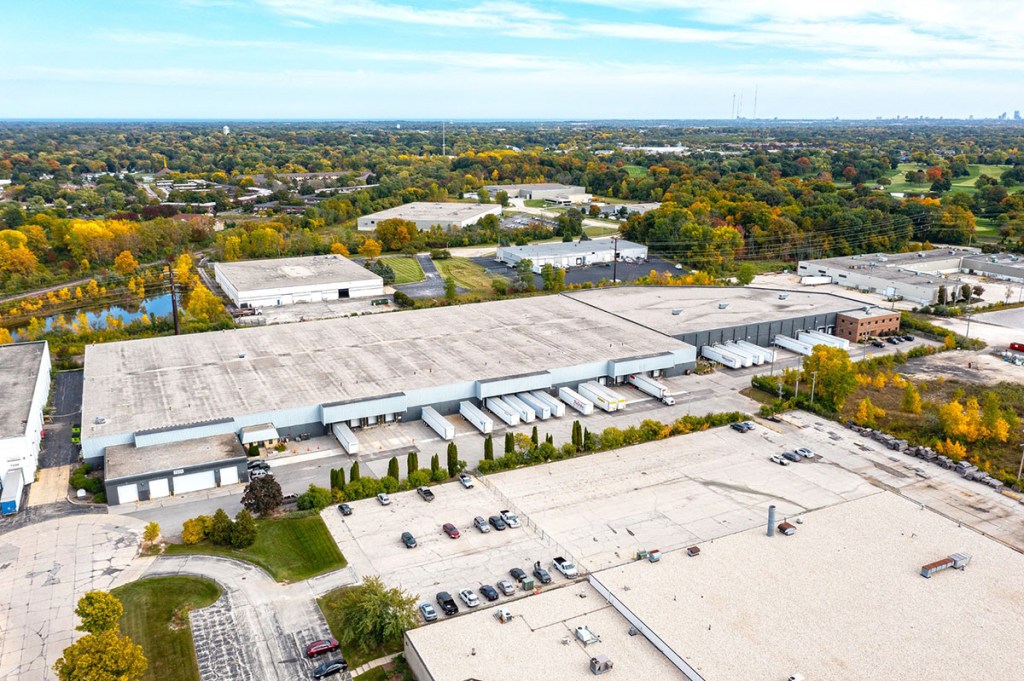
“People were hoping in their underwriting that there would be a lot more rate cuts than there have been, and there has mostly been a gap there,” noted Cliff Booth, founder & chairman of Westmount Realty Capital, which has an institutional investor base from 12 countries on two continents.
The current administration’s Liberation Day tariffs, subsequent market crash and later suspension exacerbated these concerns, given their potential to drive up inflation and stymie consumer activity. The fallout from Aug. 7, when reciprocal tariffs were imposed on imports from nearly all countries, remains to be seen.
“The market isn’t completely stuck, but transactions are down 70 to 80 percent,” observed Booth. “When you layer on two wars and an administration change, there’s just going to be a lot (more) uncertainty.”
But in the minds of most foreign investors, these headwinds appear to be more acute than longstanding.
“The foreign direct investment in the U.S. is still massive,” said John Creswell, executive managing director & global head of capital raising at Trez Capital, a Canada-based firm with more than $5.7 billion worth of assets under management in North America. “It’s massive because of good legal structures, clear contract law and capital markets, lots of liquidity and deals that you can invest in with very strong verticals.”
In fact, some degree of uncertainty abroad can lead to the U.S. becoming a more attractive investment prospect. Javier Vergara, director of business development at Castle Lanterra has heard this reaction in discussions with the firm’s Latin American investment partners.
Despite the tariffs against their home countries, “ultra-high net worth individuals and family offices in Latin America want to raise money in the U.S. to have a more stable investment in dollars and hard currency,” noted Vergara.
Stability over innovation

Just how have foreign investors’ strategies changed? Instead of pursuing properties and regions with growth potential, they’re flocking toward proven assets in locations where demand remains strong.
“Overall, they favor asset classes that offer income stability, growth potential and long-term value presentation,” pointed out Jeffrey Horowitz, CFO & managing director at Cottonwood Group, an investment management firm with clients in Europe and Japan.
Klinksiek agrees that investors “don’t drive returns through yield progression, but through NOI growth.”
In terms of asset classes, foreign investors find multifamily and industrial offer the greatest opportunities for that growth. According to Q1 2025 data from the Association of Foreign Investors in Real Estate, these property types account for the largest and second-largest volume of holdings within investors’ portfolios.
Office, once an investment darling for foreign capital, has been put on the back burner amid longstanding struggles with tenant demand and renewal rates. Forty percent of office property holders polled by AFIRE stated that they planned to decrease their holdings this year, marking the largest reduction for any asset class.
Looking at inflows of foreign investment can boost market sentiment and confidence and, on the flipside, a notable pullback can dampen the impact and signal that there’s caution ahead.
—Jeffrey Horowitz, CFO & Managing Director, Cottonwood Group
“Industrial financing leapfrogged office after the pandemic, and we saw that the cap rates and financing they could achieve were getting closer to what multifamily was doing in the market,” detailed Alex Horn, founder & managing partner of BridgeInvest, a loan origination and asset management firm that represents investors from Asia, Europe and Latin America.
Industrial is driven by “strong e-commerce growth and supply chain reshoring, which translates to an appetite for investing in warehouses, port storage and last-mile distribution centers, as opposed to manufacturing,” shared Horowitz.
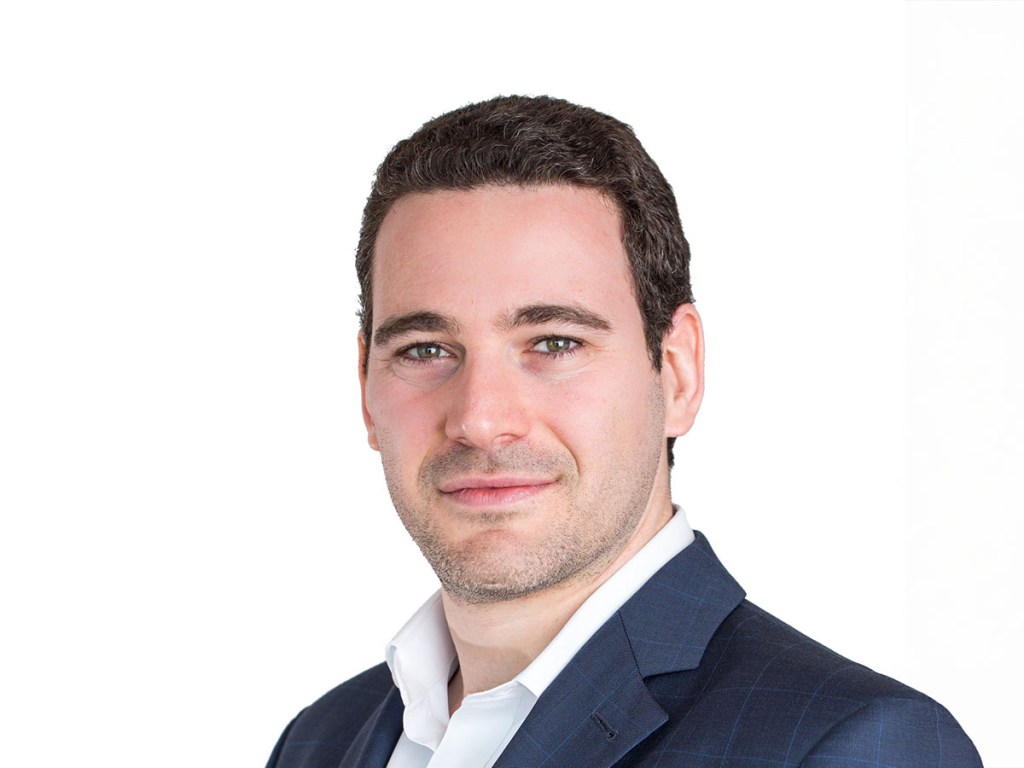
Despite these trends, Horn anticipates some degree of a recalibration of industrial investment strategies, given the current administration’s trade policies as well as a broader shift toward reshoring.
“A lot of the trade policies are focused on trying to manufacture, and that’s going to cause a big shift in terms of demand for what type of investment we need in this country,” he predicted. Still, this timeline is one spread out over decades.
As far as where investors elect to park their money, the markets of choice can be split into two buckets. The first groups are gateway cities where investors can have their pick of trophy office towers—such as New York, Los Angeles and Miami—which are relatively immune to the office sector’s wider struggles, distribution centers and, until recently, port warehouses. “You can’t discount the attractiveness of gateway cities and trophy assets,” advised Horowitz.
The other regions piquing the interest of foreign investors are those where demand is the most present, be it for multifamily or the logistics needed to support growing populations. These include cities in fast-growing states such as Texas, Arizona, Georgia and Tennessee, which boast some of the nation’s largest supply pipelines. Like trophy assets in gateway cities, these are places where investors are both bullish about the short- and long-term investment prospects, according to Elie Rieder, Castle Lanterra’s founder & CEO.

Allocation is everything
If political changes have caused investors to reevaluate their allocations, it’s fiscal news that has caused them to modify the means through which their capital goes toward new deals.
Given where interest rates lie, senior debt is a safe bet for foreign investors since it’s at the lowest risk of default amid a time of rising delinquency rates. “The more senior the capital stack, the more desire we’re seeing for it,” observed Horn. “It’s grown, along with the paradigm shifts happening with global trade.”
While the returns do not quite yet match those of equity, investors represented by Trez Capital have seen an 8 to 10 percent debt yield. “In some cases, that’s a better return than a lot of core funds are offering,” said Creswell.
With resilience and reliability in mind, one area that foreign investors have shied away from outright is new development, which remains prohibitive amid tariffs and immigration policy changes, alongside an estimated 7 to 12 percent rise in material costs, according to data from JLL.
“There’s a broad difficulty with getting the mathematics of developing new space to work, and that’s a function of rising interest rates and the inflation of construction costs,” noted Klinksiek.
Where’s the market headed?
In the long term, foreign investors remain bullish on U.S. commercial real estate. What’s more, as soon as some of the uncertainty around tariffs and geopolitics begins to abate, representatives of most foreign investors believe that sentiments will improve.
“Uncertainty leads to instability, and instability isn’t great for investors,” said Booth. “The quicker we can get past these tariff issues and look beyond the trade wars with our allies … that will allow the climate to settle down.”
Conversely, the opposite could be true if inflation stays sticky, interest rates remain high and recently negotiated trade deals fall through. In any event, experts say the presence, or lack thereof, of foreign capital can be a broader signal for the health of the U.S. economy as a whole.
“Looking at inflows of foreign investment can boost market sentiment and confidence and, on the flipside, a notable pullback can dampen the impact and signal that there is caution ahead,” noted Horowitz.

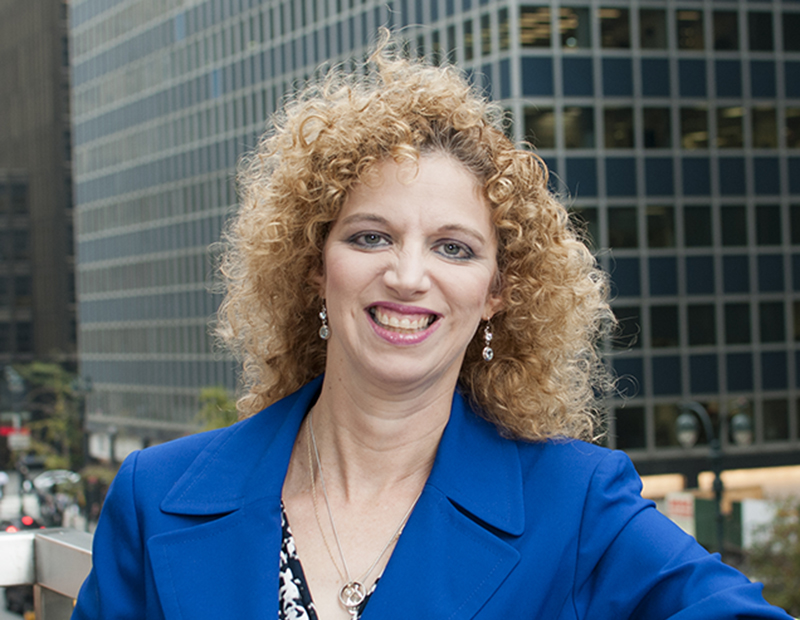
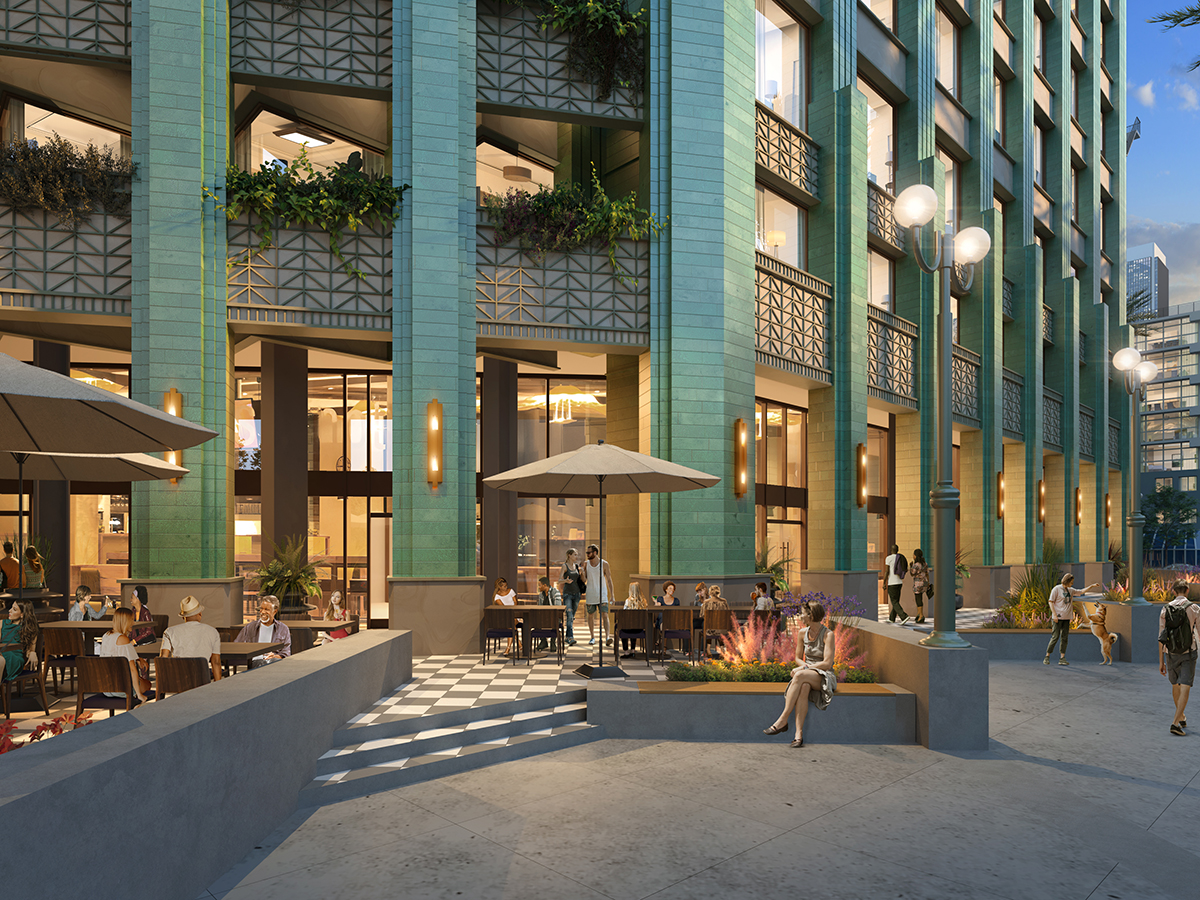

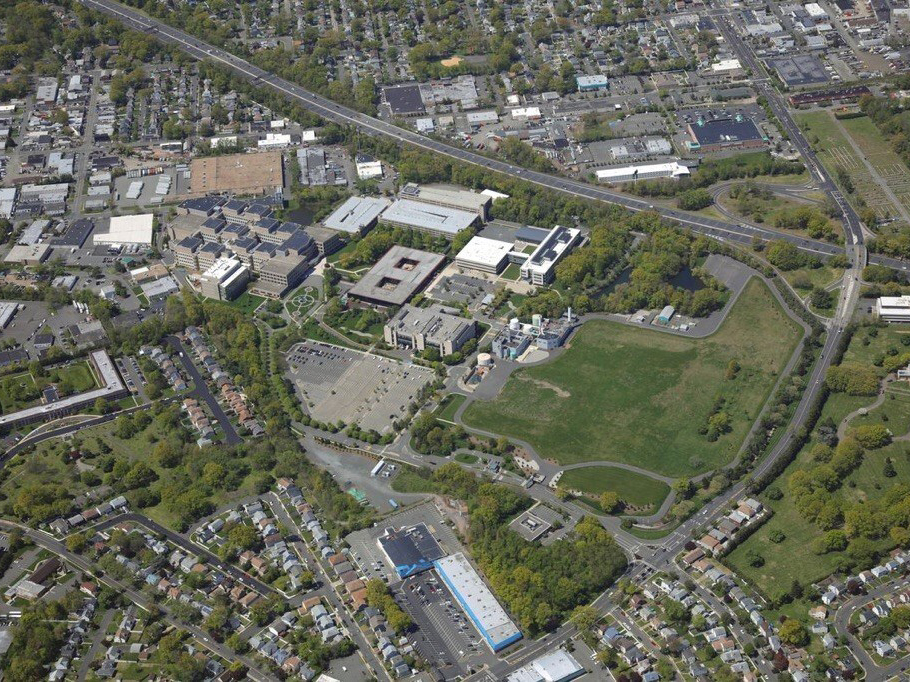
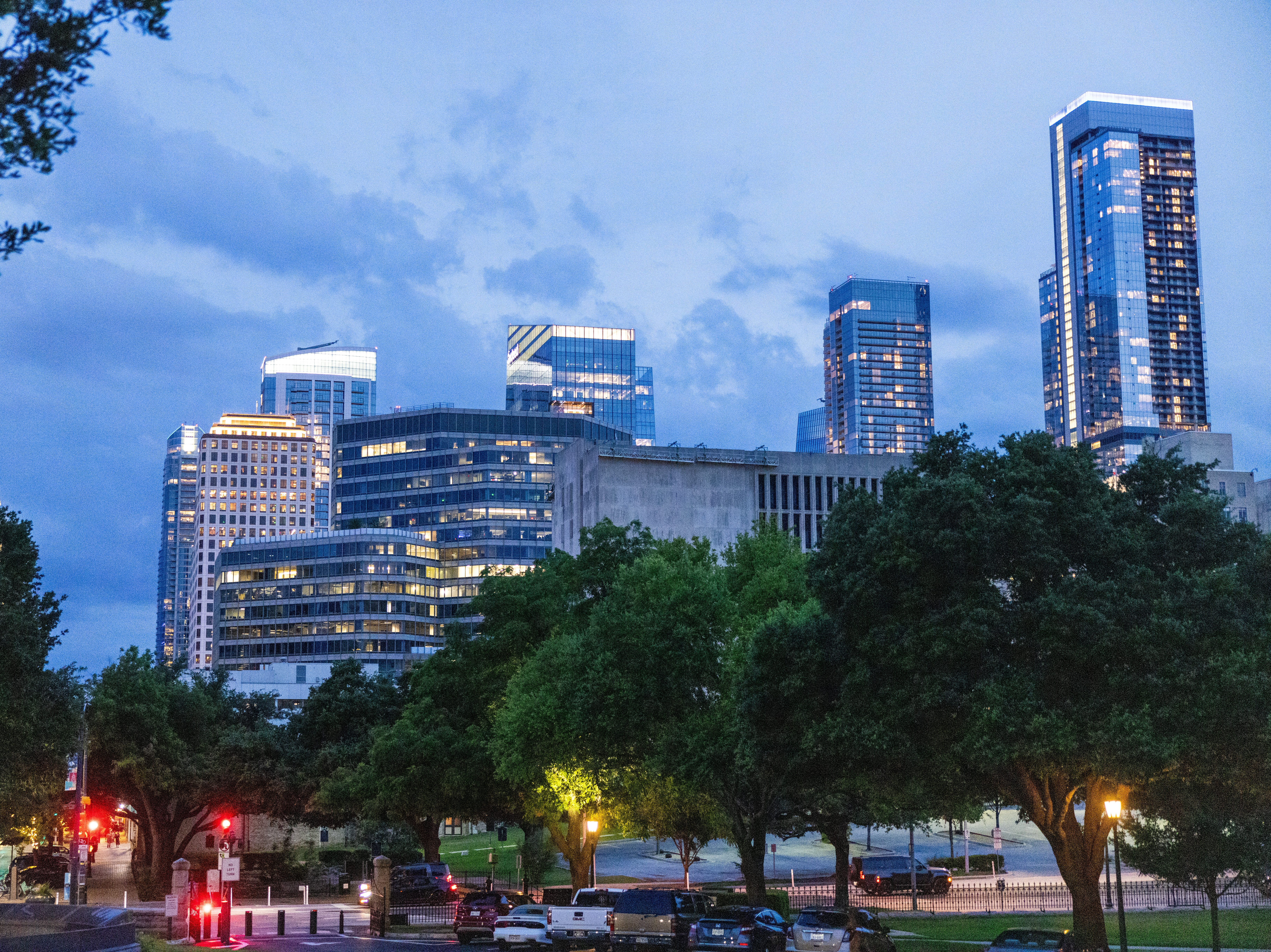
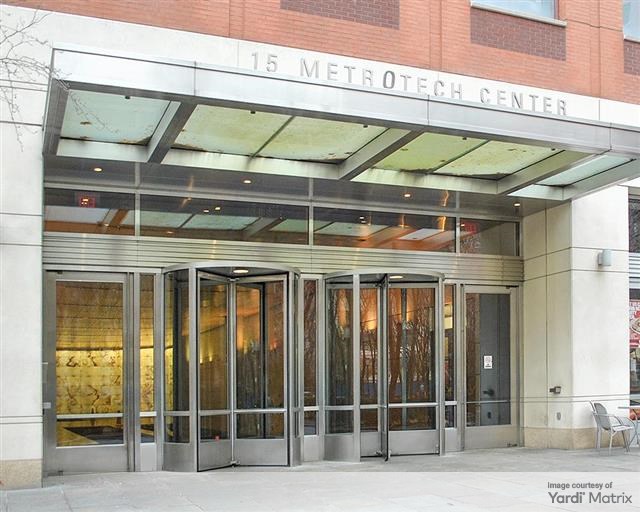

You must be logged in to post a comment.